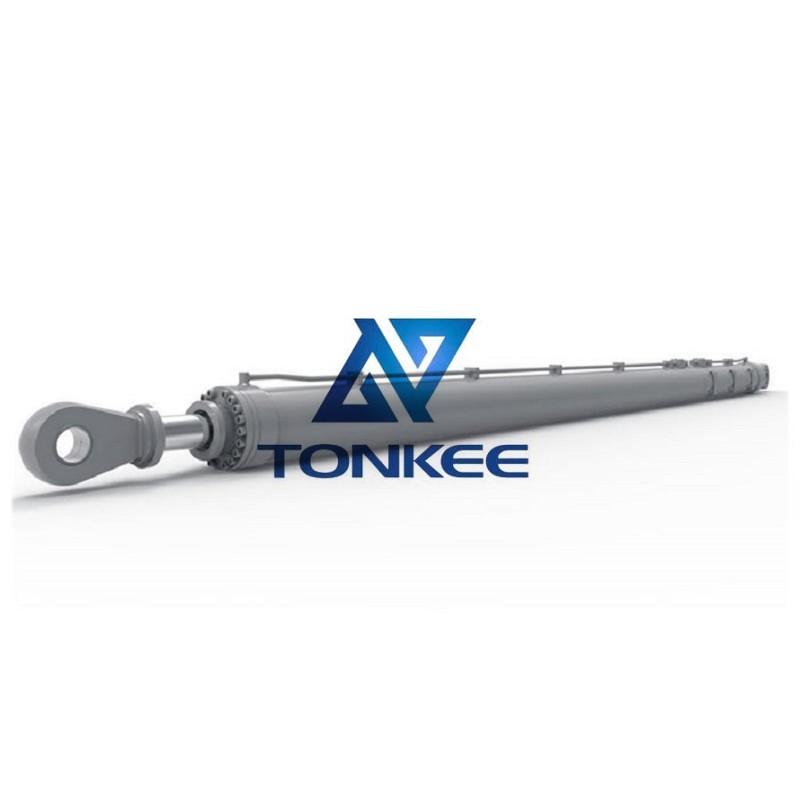
Cylinder Type: Hydraulic cylinders used in piling machines are typically of the double-acting type, allowing for both extension and retraction of the piston rod.
This bidirectional functionality is essential for the repetitive motion required in pile driving.
Bore Diameter: The bore diameter of a hydraulic cylinder is a critical specification, as it determines the cylinder's capacity to generate force. Piling machines often require large bore diameters to provide sufficient force for driving piles into the ground. Common bore diameters for these applications can range from 4 inches to 12 inches or more.
Stroke Length: The stroke length refers to the distance the piston rod can travel inside the cylinder. In piling machines, long stroke lengths are often preferred to maximize the depth to which piles can be driven. Typical stroke lengths may range from 24 inches to 72 inches or more.
Operating Pressure: Hydraulic cylinders in piling machines must operate at high pressures to generate the necessary force for pile driving. The operating pressure can vary depending on the specific machine and application, but it often ranges from 2,000 to 5,000 psi (pounds per square inch).
Material Construction: Hydraulic cylinders are commonly made from high-strength steel alloys, such as 4140 or 4340, to withstand the high forces and pressures encountered during pile driving. The cylinder's body and piston rod are typically manufactured from these durable materials.
Seal Type: Effective seals are critical for preventing hydraulic fluid leakage and maintaining the cylinder's performance.
Common seal types include rod seals, piston seals, and wiper seals. High-quality, durable seals are essential to ensure the longevity of the hydraulic cylinder.
Mounting Configurations: Piling machines come in various designs and configurations, and hydraulic cylinders must be adaptable to different mounting requirements. Mounting options may include flange mounts, clevis mounts, and trunnion mounts, depending on the machine's design.
Cylinder Rod Coating: Some hydraulic cylinders used in piling machines feature special rod coatings, such as hard chrome plating or ceramic coatings, to enhance resistance to corrosion and abrasion. This is especially important when working in challenging soil conditions.
Cushioning: Cushioning mechanisms are often incorporated into hydraulic cylinders to reduce shock and vibration during pile driving. This feature helps protect the cylinder and other components from excessive wear and damage.
Temperature Range: Hydraulic cylinders must operate within a specified temperature range to maintain their performance and longevity. These ranges can vary, but it's common for piling machine cylinders to be designed to work in temperatures ranging from -20°C to 80°C (-4°F to 176°F) or higher.



 English
English Türkçe
Türkçe


